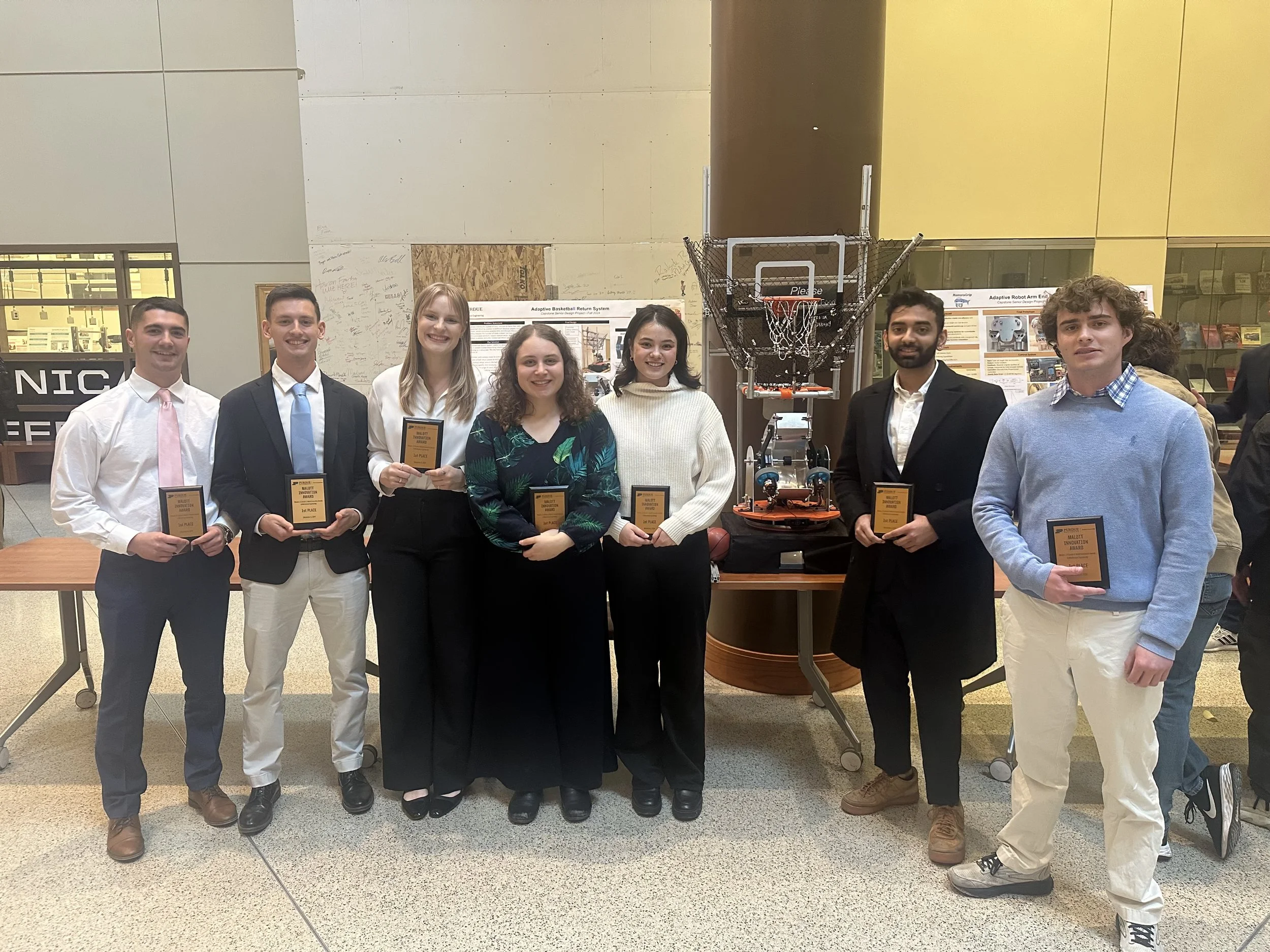"High-resolution, real-time three-dimensional shape measurement on graphics processing unit," Opt. Eng., (2014)
/[64] N. Karpinsky*, M. Hoke*, V. Chen*, and S. Zhang, "High-resolution, real-time three-dimensional shape measurement on graphics processing unit," Opt. Eng. 53(2), 024105, 2014; doi: 10.1117/1.OE.53.2.024105
Abstract
A three-dimensional (3-D) shape measurement system that can simultaneously achieve 3-D shape acquisition, reconstruction, and display at 30 frames per second (fps) with 480,000 measurement points per frame is presented. The entire processing pipeline was realized on a graphics processing unit (GPU) without the need of substantial central processing unit (CPU) power, making it achievable on a portable device, namely a laptop computer. Furthermore, the system is extremely inexpensive compared with similar state-of-art systems, making it possible to be accessed by the general public. Specifically, advanced GPU techniques such as multipass rendering and offscreen rendering were used in conjunction with direct memory access to achieve the aforementioned performance. The developed system, implementation details, and experimental results to verify the performance of the proposed technique are presented.



